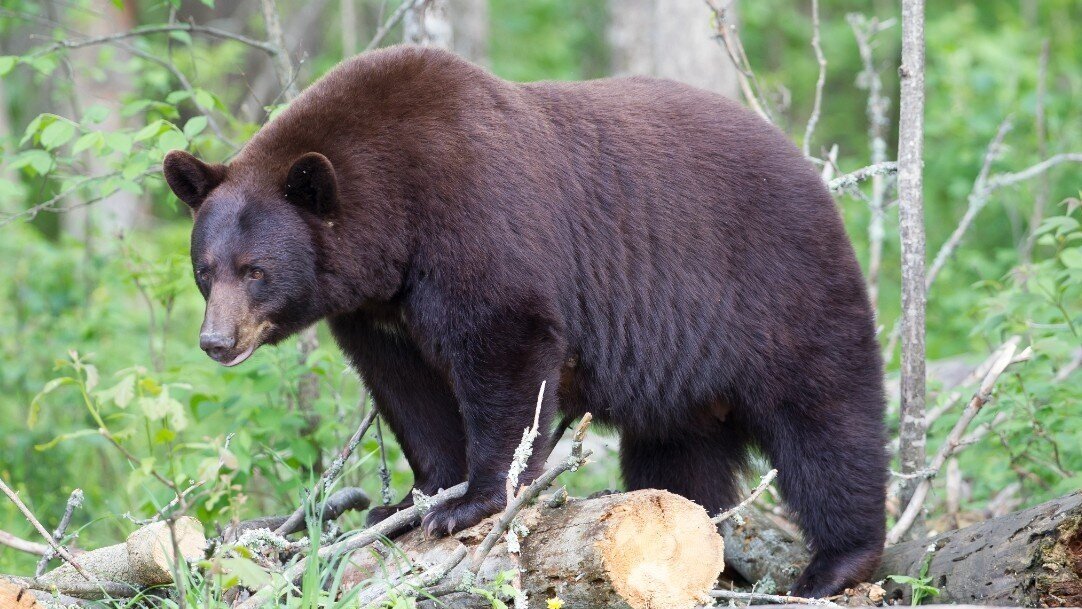Field Judging Tips for Spring Black Bear
Ethan Ruby
Judging size among game animals in the field can be tough. Distance, visibility, and terrain can all be factors that mislead your opinion of said game. Field judging ungulates is mainly done based on horn and antler size. Bears, on the other hand, have no such thing making judging in the field very difficult. With spring rolling in across most of the country and many bear seasons are already open, here are some tips to help you get that big bruin this year.
Size Characteristics
The first step towards determining a mature bear is overall body size. A mature bear will be blocky in stature, with broad shoulders and a large head. The easiest way to determine these characteristics is to look at each one specifically.
Big bears will have a creased forehead with a stumpy-looking nose and will often show age in their face in the form of scars or rubbing of the hair. Also, a bear's ears play a big role in determining size. The ears should be small in proportion to the head and also slightly tilted to the side. On the contrary, straight-up prominent ears are the first giveaway of a young bear. It's been said amongst bear hunters time and time again; “Small ears, big bear”.
Another sign of a large bear is the waddle. As bears get larger, they tend to walk with their front paws angled in, resulting in a prominent back and forth sway.
Personality Traits
When bear hunting, one of the best things you can do is studying their behavior. Big bears act big, simple as that.
Early in the spring, mature bears will get their pick of the best food available and will run off other small bears who encroach on it. If a bear is on a food source and doesn't seem concerned about being there, it could be a mature bear. Contrastingly, a small bear will feed at high alert, constantly looking around for any danger, usually in the form of other bears. I personally have used this tactic in the field before, and have had large bears spot me and act unconcerned with my presence because they didn't see me as a threat. On the other hand, I have spooked many small bears off of a food source because of my perceived danger.
Mature bears are also very deliberate with their movements. Often they will come into an area with a purpose, slowly analyzing a situation. This can often be seen when baiting as a mature bear will circle a bait deliberately, before coming to the food.
The Checklist
When bear hunting it's best practice to heavily scrutinize everything a bear has to offer, as this will help in keeping ground shrinkage to a minimum. Personally, I go through a mental checklist before making a shot.
1. Does this bear appear large and blocky?
2. Is the head large in diameter with distinguished crease and small ears?
3. Does this bear have a distinguished waddle?
4. Is this bear behaving like a big bear?
Size and behavior are the two biggest features of a large bear, but becoming exemplary at determining one takes many years of practice. With these tips hopefully, you can be on your way to harvesting the quality size bear your after this season.





